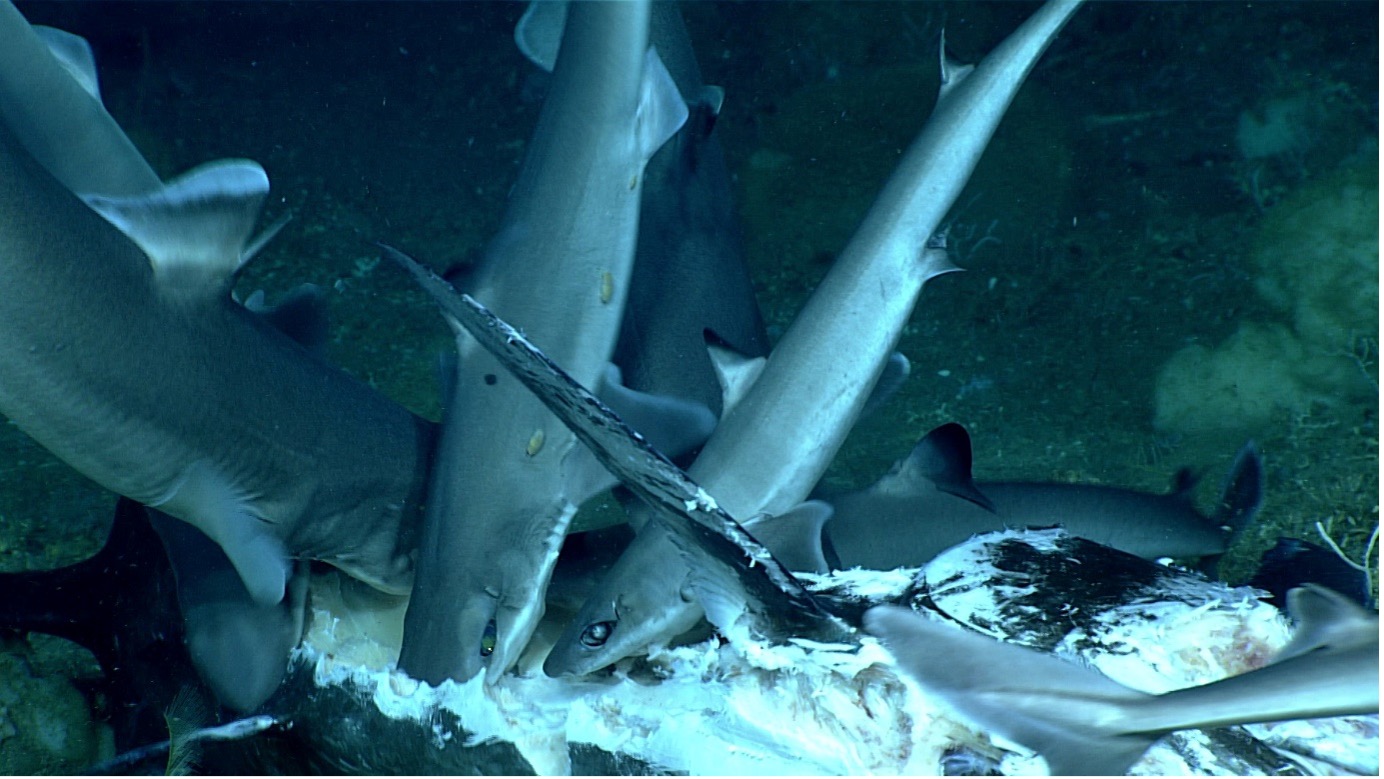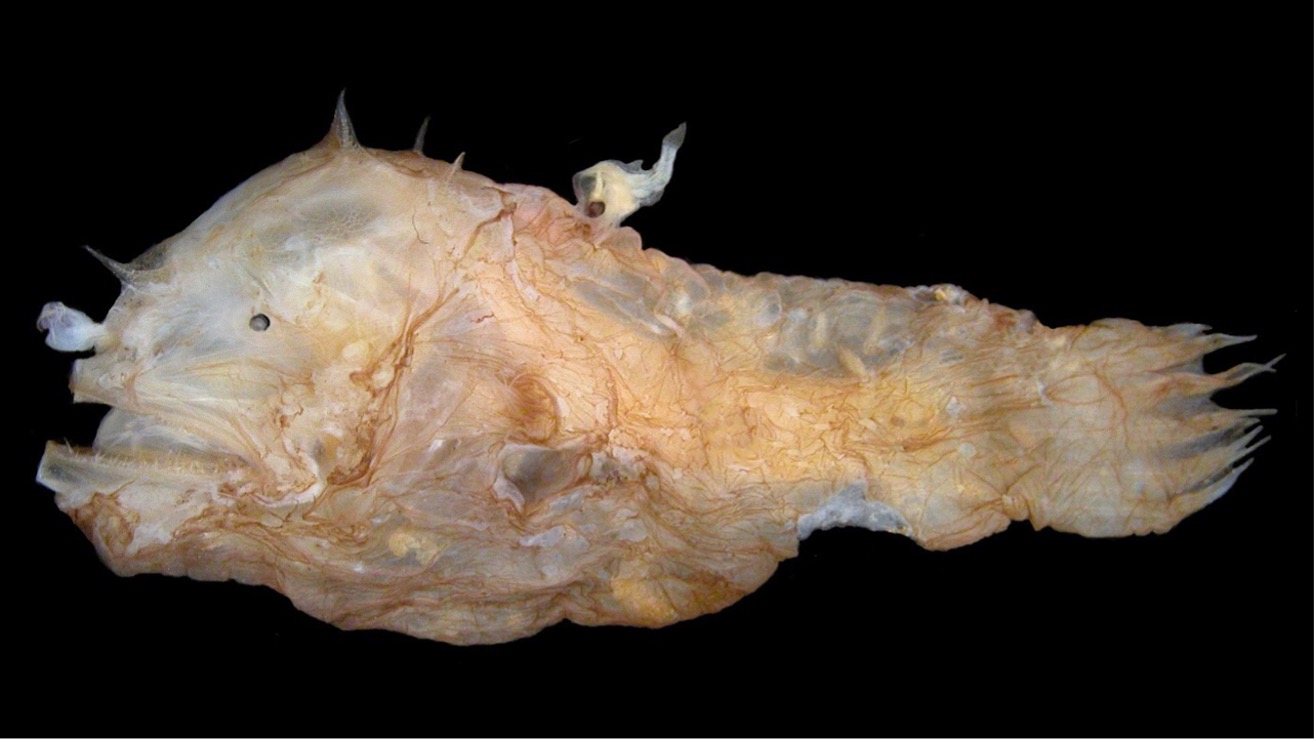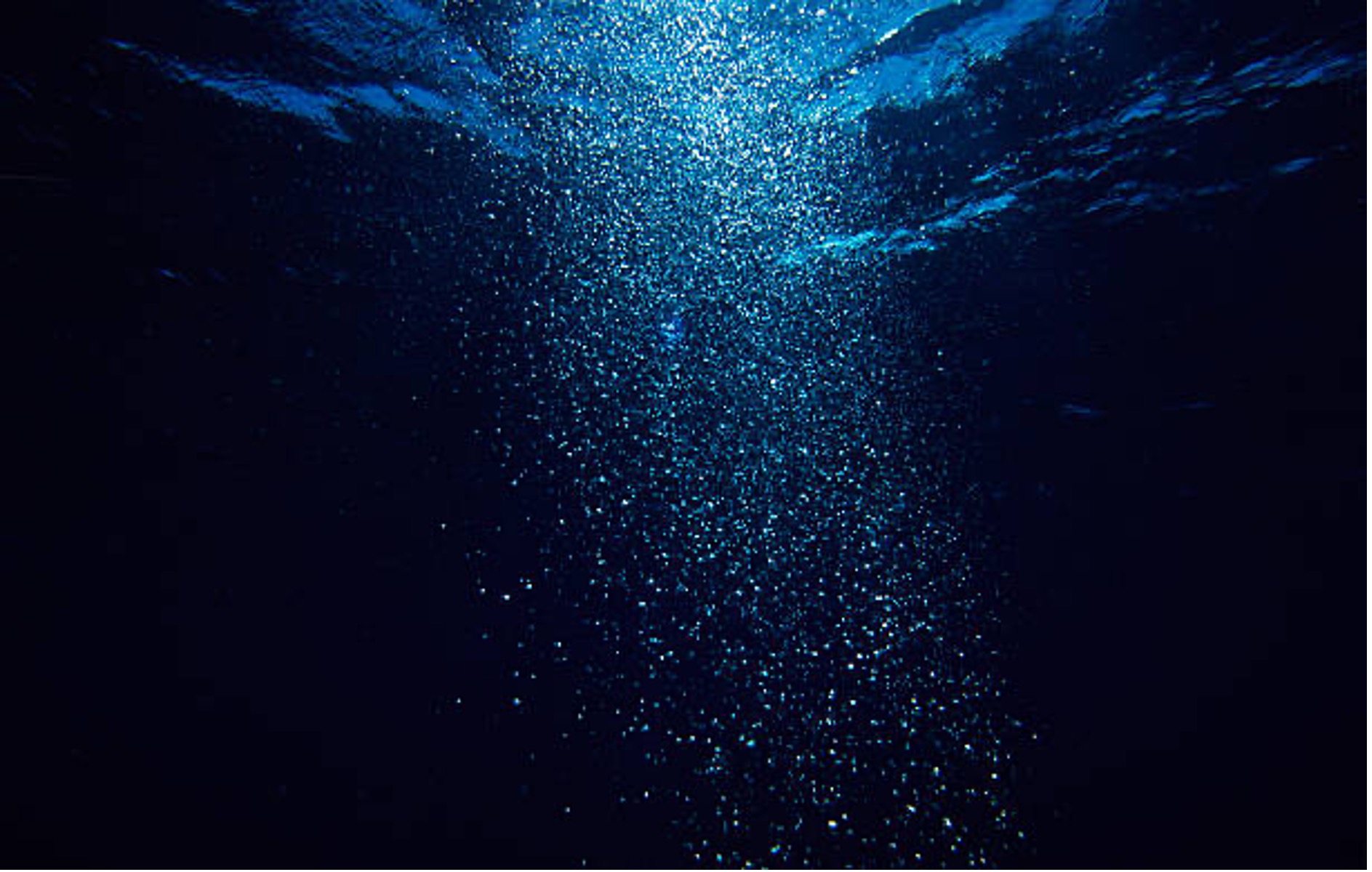By Fanis Michalakis,
The oceans cover over 70% of the earth’s surface and with an average depth of 3,800 meters, over 79% of the water volume is in depths of over 1,000 meters. Most of the light cannot reach below 200 meters, signaling the start of the twilight zone, which ends at 1,000 meters. At that depth, there is no light and the midnight zone begins. This means that life in these environments needs special characteristics to thrive. Indeed, scientists have done their sciences and after many experiments, we know what allows these animals and microorganisms to live in the deep sea. Sometimes, these adaptations can limit the ability to survive closer to the surface, so these species specialize in living in deep waters. An interesting observation is that unrelated organisms can develop similar adaptations even though they are not related, meaning that there is convergent evolution at play.
With great depth comes great pressure. Increased pressure can affect an animal at a cellular level. More specifically, the function of the cell membrane is highly susceptible to changes in pressure. Experiments done on tissues from animals that live in low pressure (humans as well) have shown that some tissues are more sensitive to those changes than others, with neurological cells being high up on the list. Without the proper function of its neurons, an animal cannot survive. One possible adaptation for the pressure is the increase in the membrane fluidity which would allow the cells to function better but there are observed animals that have lower membrane fluidity compared to shallow-water counterparts. Similarly, pressure affects structural proteins and enzymes in the cells and on their membranes and deep-living organisms have adapted by changing the sensitivity of those proteins to pressure.
Usually, the increased pressure decreases the temperature of the water. But apart from being cold down below, there is a fundamental issue that animals must face. Changes in temperature affect the ability to absorb oxygen by the gills and the release of oxygen in the tissues. Haemoglobin is the main protein for that job for animals on the surface and in the deep sea. However, comparing the proteins from the two groups reveals some differences. These changes in structure have increased the affinity of the protein to oxygen, allowing hemoglobin to perform better in colder environments.

The most interesting observation, however, is that animals from different phyla have different hemoglobin while there are animals that lack the protein entirely. They instead create a symbiotic relationship with bacteria that give them the necessary nutrients to sustain them. These relationships only work for small animals, as larger animals have greater energy requirements overall. Apart from eating each other, animals receive food from above, as carcasses that do not get eaten fall from lower depths to the ocean floor. What follows is a frenzy, especially if the carcass is huge, where everyone tries to eat as much as possible.
We typically associate great depths with darkness since light can’t reach that far. This creates two problems. The first one is that no one can see anything down there, meaning that to find prey, animals need to rely on other senses. Indeed, smell and echolocation are used by many animals to help them find their prey. Animals living in the twilight zone have enlarged eyes and reflective retinas to make the most out of the dim light that reaches from the surface but animals in the midnight zone have smaller eyes or have completely lost them. The other problem that the lack of light creates is that there are no plants to photosynthesize. Bacteria don’t seem to mind, however, as they do chemosynthesis which doesn’t need light and thus the ecosystem has energy.
In the deep sea, two creatures bumping into each other is rather rare, as the density of populations is low. This means two things. Firstly, when a predator finds potential prey, it must catch it because finding another prey anytime soon is debatable. To ensure their next meal, deep-living fish have adapted to having large mouths and sharp teeth. The large mouth allows the fish to eat bigger prey and minimizes the risk of escape while the large teeth guarantee that once the animal is caught there is no escape.

However, animals also need to find a mate. Some animals use bioluminescence for communication and identification which helps the process. The deep sea anglerfish (the most common one which uses bioluminescence to hunt) has a mechanism that ensures that once a female and a male find each other they will never separate (literally). The male is tiny compared to the female and swims freely until it finds the first female anglerfish. Once he finds her, he bites her and fuses with her body. Then, almost all the organs will stop working and will deteriorate, safe from his gonads. The result is a female with a male attached, which will release sperm whenever it is needed.
References
- Adaptations to High Hydrostatic Pressure. annualreviews.org. Available here
- Life in the deep sea. oceancrusaders.org. Available here
- Molecular and Functional Adaptations in deep-sea hemoglobins. sciencedirect.com. Available here




